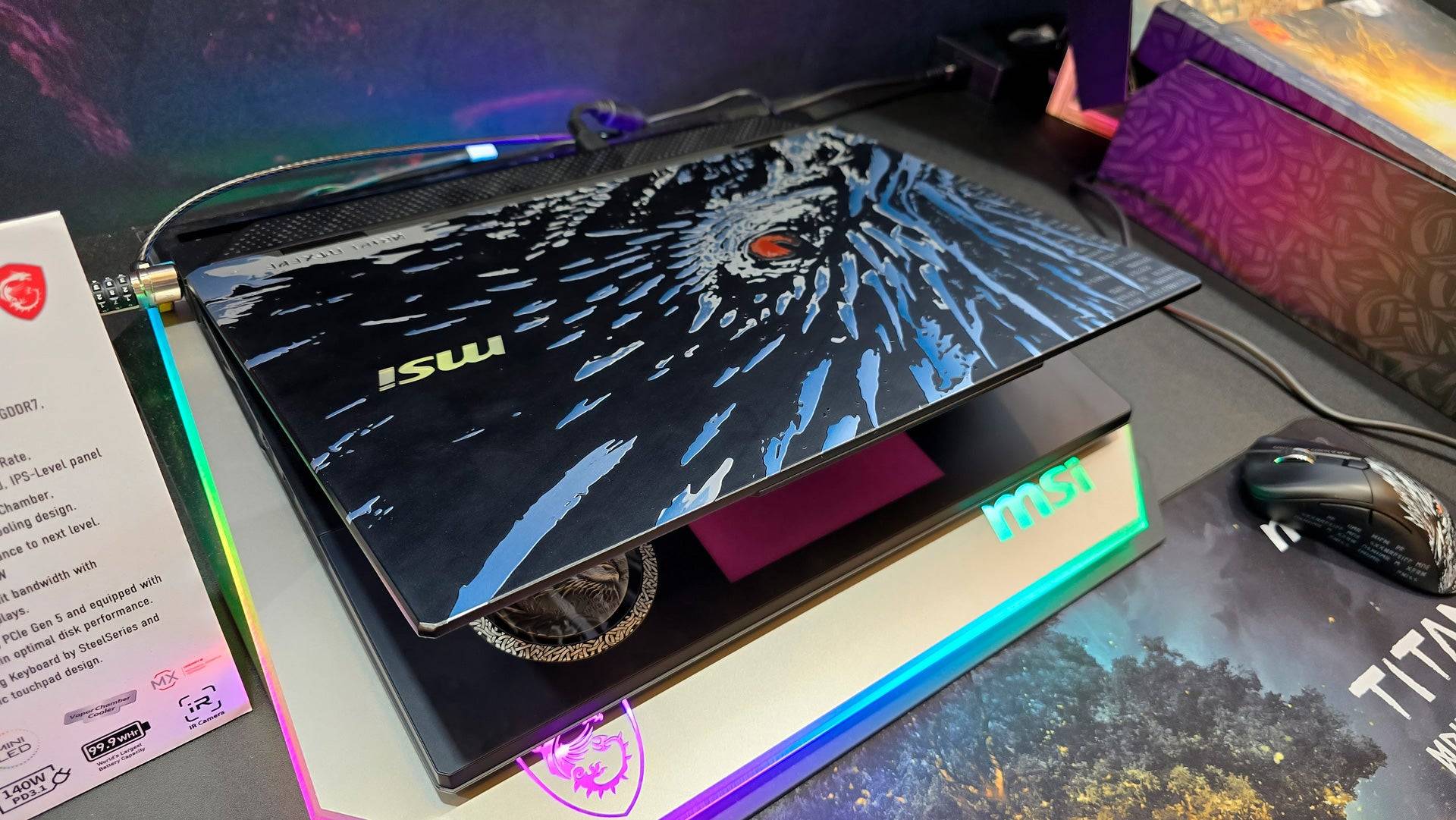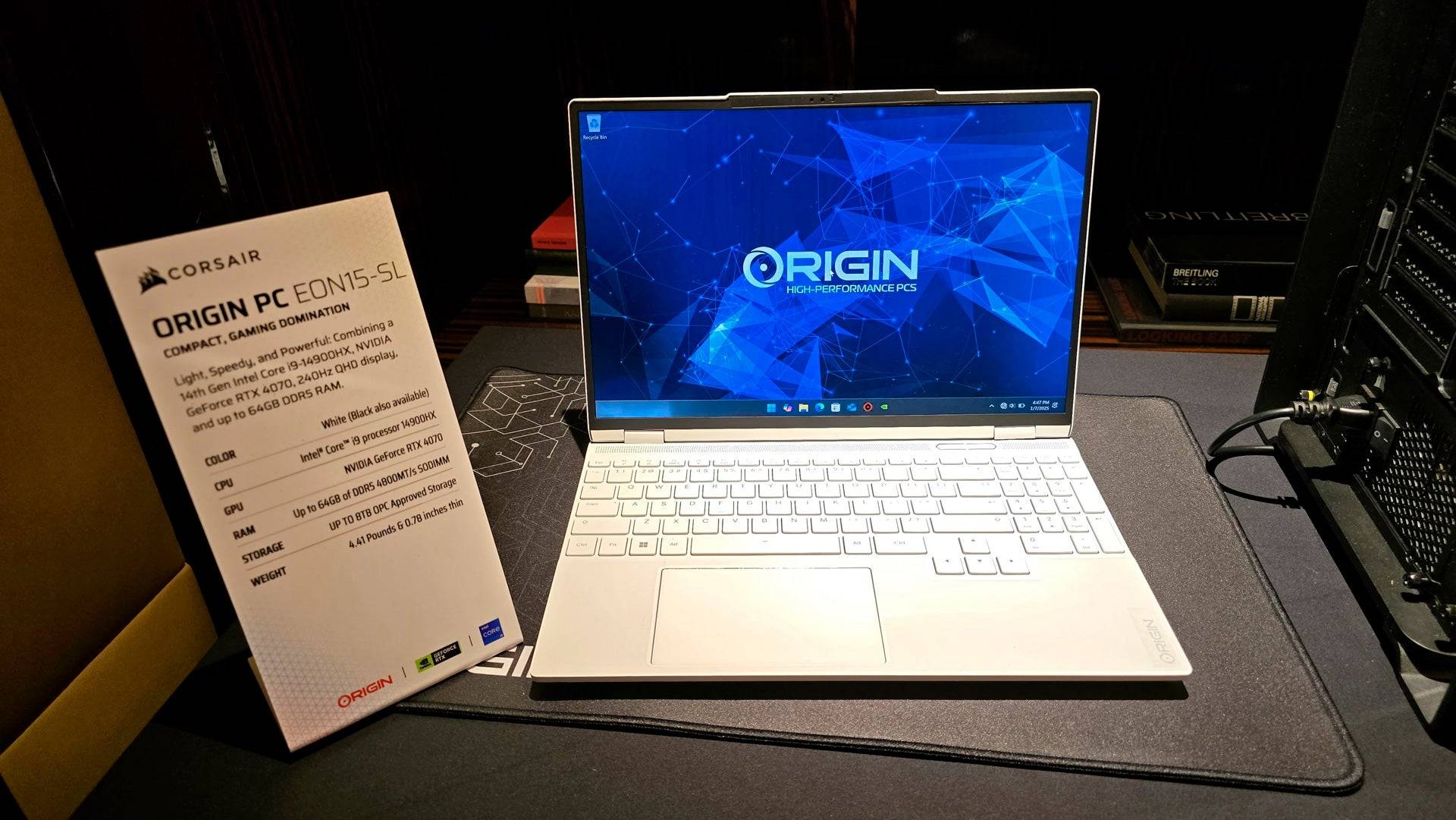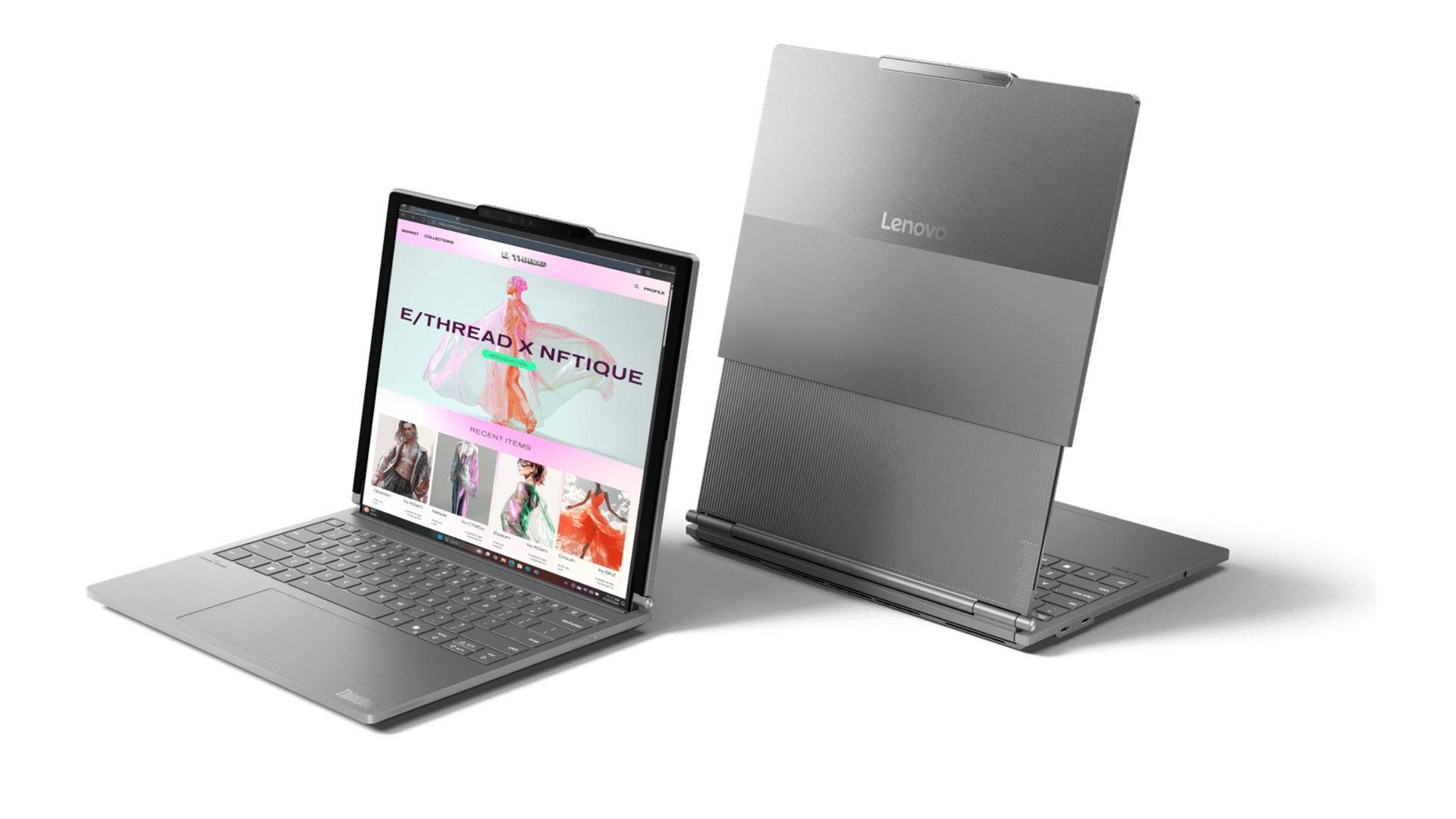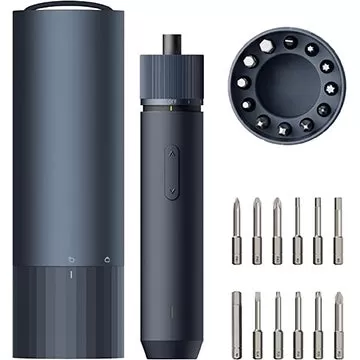The Gaming Laptop Trends of CES 2025
CES 2024 showcased a plethora of gaming laptops, revealing key trends shaping the market. This report highlights the most significant developments.
Diverse Design Language
While gaming laptops have always offered stylistic variety, this year felt particularly diverse. Manufacturers like Gigabyte and MSI are blurring the lines between productivity and gaming aesthetics. High-end models are moving beyond raw hardware specs, offering more sophisticated design elements.
This translates to a broader range of options. Sleek, professional designs like the Gigabyte Aero series sit alongside visually striking models such as the MSI Titan 18 HX AI Dragonforged Edition, which boldly displays its gaming pedigree.
 RGB lighting remains a staple, with creative implementations like wrap-around rings, illuminated keyboards, and even trackpad lighting. Asus ROG Strix Scar's AniME Dot Matrix LED display, showcasing text and animations, is particularly noteworthy. Expect a mix of traditional bulky designs and slim, lightweight options, alongside innovative features.
RGB lighting remains a staple, with creative implementations like wrap-around rings, illuminated keyboards, and even trackpad lighting. Asus ROG Strix Scar's AniME Dot Matrix LED display, showcasing text and animations, is particularly noteworthy. Expect a mix of traditional bulky designs and slim, lightweight options, alongside innovative features.

The Rise of AI Assistants
AI integration in laptops gained momentum last year, but often fell short. This year, several vendors demonstrated more refined AI assistants capable of controlling PC settings without manual software interaction. An MSI demo showcased an AI assistant automatically optimizing performance settings based on the selected game.
However, the practical benefits remain uncertain. While seemingly designed for offline operation (though confirmation wasn't always clear), the speed advantage over manual adjustments needs further evaluation. The true capabilities and effectiveness of these AI assistants await real-world testing.
Mini-LED, Rollable Screens, and Other Innovations
Mini-LED technology is finally making a significant impact. Asus, MSI, and Gigabyte showcased high-spec Mini-LED laptops with impressive features. These models boast over 1,100 local dimming zones, resulting in superior contrast, brightness, and color accuracy compared to previous iterations. While OLED still holds an edge in contrast, Mini-LED's lack of burn-in risk and higher sustained brightness make it a compelling alternative.
Other innovations included the return of the ASUS ROG Flow X13 with USB4 eGPU support, eliminating proprietary connections. Asus paired it with a new eGPU boasting up to an RTX 5090. Lenovo's ThinkBook Plus Gen 6 Rollable, though not strictly a gaming laptop, introduced a rollable OLED display, expanding screen size with a button press. While its initial design might appear unconventional and durability concerns exist, it represents a significant step forward in display technology.

Ultrabooks Gaining Ground in the Gaming Arena
Ultrabook-style gaming laptops are becoming increasingly prevalent. Major manufacturers are embracing this thin, light, and premium design, exemplified by Gigabyte's revamped Aero line.
These laptops offer a compelling proposition: gaming capabilities without sacrificing portability and productivity. Even without dedicated high-end graphics cards, modern CPUs from AMD and Intel, combined with technologies like AMD FidelityFX Super Resolution and Intel XeSS, deliver surprisingly playable performance, particularly when adjusting game settings. Cloud gaming services like Xbox Cloud Gaming and Nvidia GeForce Now further enhance this versatility.

The rise of capable integrated graphics challenges the necessity of lower-end dedicated GPUs like the RTX 4050M. The future of gaming laptops appears increasingly diverse and adaptable to various needs and preferences. The year ahead promises further exciting developments in this dynamic market.





























